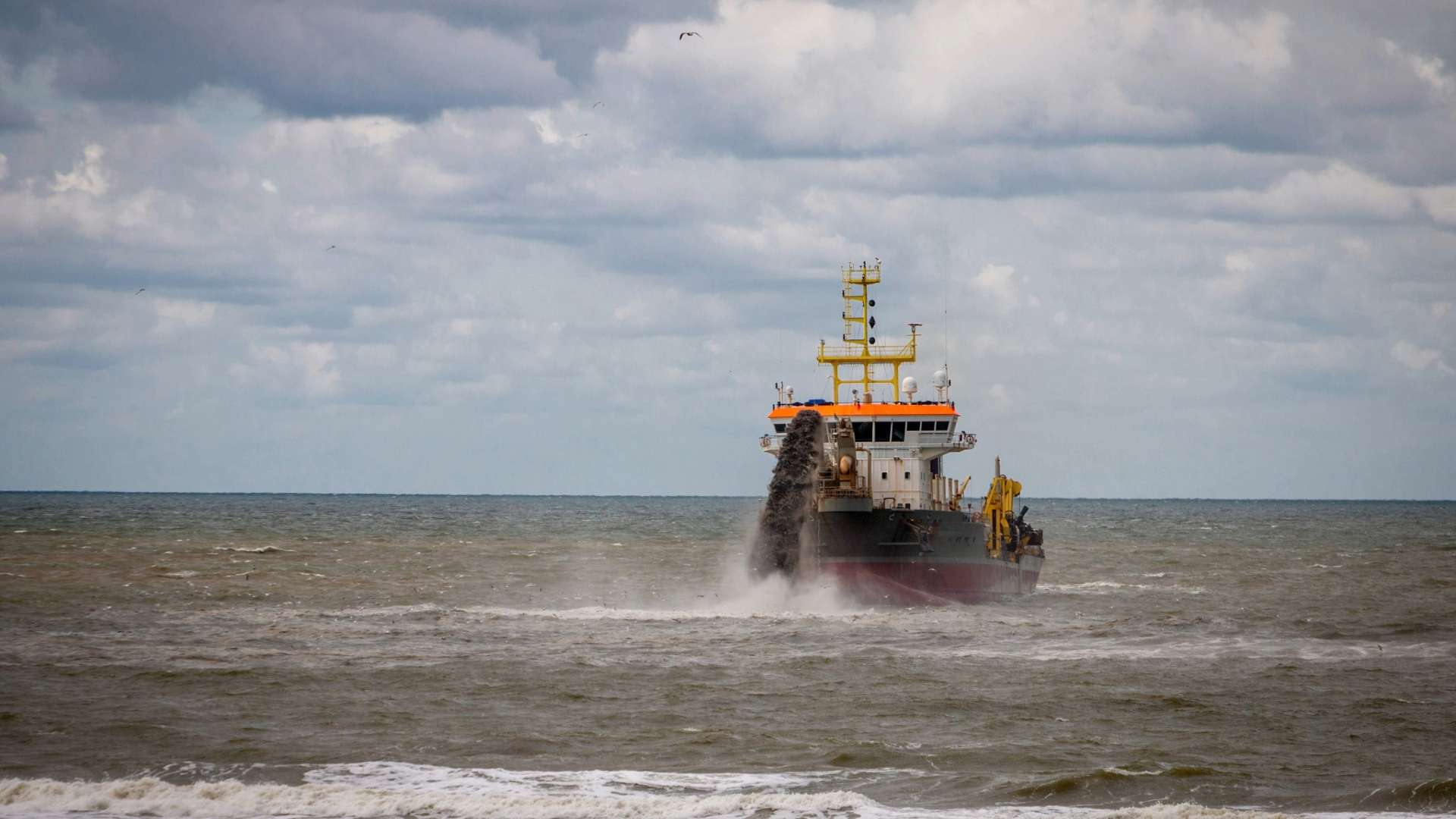Introduction
The Wilmington Harbor dredging project has officially commenced, marking a significant step toward enhancing navigational safety, bolstering port operations, and restoring nearby coastlines with environmentally responsible methods. Spearheaded by the U.S. Army Corps of Engineers (USACE) Wilmington District, this comprehensive initiative highlights the critical role of navigation dredging and coastal dredging in maintaining the functionality and resilience of maritime infrastructure.
The Purpose of Dredging in Coastal and Navigational Infrastructure
Over time, rivers, harbors, and coastal inlets accumulate sediment due to natural erosion, tidal activity, and runoff. This sedimentation reduces the depth of waterways, posing challenges to vessel navigation and port operations. Without regular maintenance, these conditions can cause ships to run aground, limit the types and sizes of vessels allowed, and significantly reduce cargo throughput.
Navigation dredging is the process of excavating accumulated sediment from shipping channels anchorages, and turning basins to maintain or restore authorized depths. This ensures that vessels can transit safely, efficiently, and with full cargo loads. Coastal dredging, on the other hand, often involves sediment removal from nearshore environments, sometimes with the added benefit of reusing suitable dredged material for beach nourishment and shoreline stabilization.
The Wilmington Harbor dredging project brings together both types of dredging to support economic growth and environmental sustainability in southeastern North Carolina.
Project Scope and Key Details
In June 2025, the USACE awarded a $17.12 million contract to Norfolk Dredging Co., a well-established marine contractor with extensive experience in sediment management and hydraulic dredging. The project involves the removal of more than 1.8 million cubic yards of sediment from Wilmington Harbor, with the goal of maintaining the harbor’s federally authorized depths.
The breakdown of this phase includes:
- 1.15 million cubic yards of sediment from the harbor’s anchorage basin
- 730,000 cubic yards from mid-river reaches
This dredging effort is crucial for maintaining the navigability of the Cape Fear River and ensuring that the Port of Wilmington remains a competitive and reliable maritime hub. The dredged material that is not suitable for beach nourishment will be placed at a designated offshore disposal site.
Restoring Coastlines with Beach-Compatible Dredged Material
An important and environmentally beneficial component of this dredging project is the coastal dredging operation at the harbor’s inner ocean bar. Here, approximately 1.3 million cubic yards of beach-compatible material will be extracted and used to nourish and restore the shorelines of Oak Island and Caswell Beach—two coastal communities that have experienced significant erosion over the years.
Beach-compatible dredged material, primarily composed of clean sand, plays a vital role in:
- Rebuilding eroded beaches
- Providing storm protection for coastal properties
- Supporting tourism and recreation
- Preserving local ecosystems
By reusing this material instead of discarding it offshore, the Corps and its partners are supporting long-term coastal resilience while maximizing the utility of dredging operations.
Timing and Environmental Considerations
The Wilmington Harbor dredging project is scheduled to take place between mid-November 2025 and April 30, 2026, in compliance with federal environmental guidelines. This seasonal window helps protect sensitive marine habitats, fish spawning cycles, and other coastal resources.
The USACE has worked closely with environmental agencies and stakeholders to assess sediment quality, identify appropriate disposal and placement sites, and mitigate any potential ecological impacts. These environmental safeguards underscore the Corps’ commitment to balancing infrastructure development with responsible stewardship of natural resources.
Economic Significance for the Region
Wilmington Harbor is one of North Carolina’s most important maritime assets. The port supports a range of industries, including shipping, logistics, agriculture, manufacturing, and tourism. It also plays a crucial role in regional supply chains, serving as a gateway for both imports and exports across the southeastern United States.
By investing in navigation dredging, the USACE ensures that:
- Cargo vessels can enter and exit the port without restrictions
- Turnaround times are minimized
- Commercial shippers and carriers avoid costly delays or rerouting
Improved navigational access also contributes to job creation, trade efficiency, and the long-term growth of the local and state economy. At the same time, the use of coastal dredging to restore nearby beaches supports the tourism industry and helps protect valuable real estate from storm surges and sea-level rise.
Looking Ahead: A Holistic Approach to Harbor Management
In addition to the current contract, the Corps is preparing to open bids for the next phase of dredging in the harbor’s outer ocean bar. That portion of the project is expected to remove an additional 1 million cubic yards of sediment between December 2025 and April 2026.
These coordinated efforts reflect a broader trend in modern dredging projects—where navigation and coastal protection goals are achieved simultaneously through smart planning and multi-use strategies. As sea levels rise and storm activity intensifies due to climate change, such integrative approaches will become even more critical.
Conclusion
The Wilmington Harbor dredging project is a prime example of how navigation dredging and coastal dredging are crucial to maintaining the functionality, safety, and resilience of maritime infrastructure. By maintaining deep, navigable waterways and nourishing vulnerable coastlines, this initiative supports both economic prosperity and environmental sustainability in North Carolina.
Through strategic partnerships, responsible sediment management, and a commitment to public benefit, the U.S. Army Corps of Engineers is helping to ensure that Wilmington Harbor—and the region it serves—remains strong and secure for generations to come.
